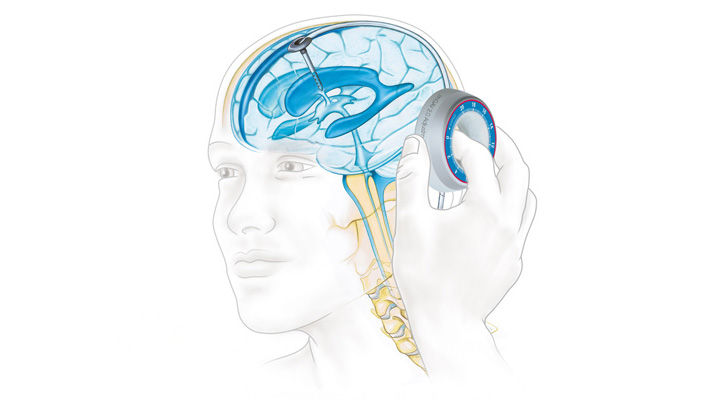No content results match your keyword.
Content
You have successfully logged out.
Not registered yet?
No content results match your keyword.
Content
No product results match your keyword.
Products
We understand the gravity of the situation
We would like to support you in managing your hydrocephalus as part of your daily life.
CSF covers the brain and the spinal cord and usually reabsorbs into the bloodstream, thus production and absorption is normally balanced. CFS has, amongst others, the following important life-sustaining functions:
An imbalance in production and absorption results in an abnormal widening of the ventricles. The enlargement of the ventricles increases the pressure on the brain (intracranial pressure), which can lead to serious neurological damage to the brain. In some cases the cause of hydrocephalus are not clearly identifiable.
Other classifications are:
Congenital hydrocephalus is present at birth. Children born with hydrocephalus may be diagnosed during the pregnancy or at birth. Often children born with hydrocephalus have an abnormal head circumference. Congenital hydrocephalus can occur together with diseases like:
